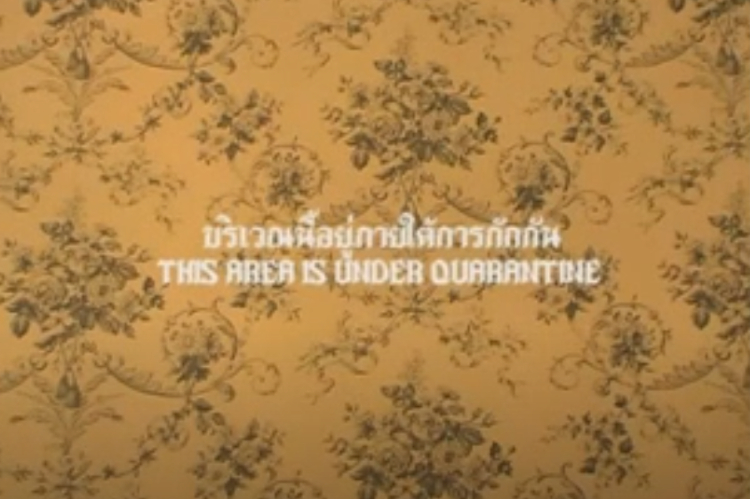For the new list, seven titles have been removed: Raise The Red Lantern, Saturday Night Fever, Belle De Jour, Thelma & Louise, Airplane!, Terminator II, and The Bridge On The River Kwai. Many titles occupy exactly (or almost exactly) the same positions in the new version, though there are a few dramatic changes: The Manchurian Candidate drops from #23 all the way down to #94, Butch Cassidy & The Sundance Kid drops from #62 to #90, The Graduate drops from #18 to #33, and Sunset Boulevard climbs from #19 to #4.
The authors haven't included any silent films, noting that silent cinema is "too rich to sandwich in with a token choice or two". Of course, the same case could be made for Japanese or French cinema, each of which is indeed represented by less than a handful of titles. A list of 101 greatest films is, by its very nature, a reductivist exercise, so I'm not really convinced by the exclusion of silent movies.
The 101 Greatest Movies are as follows:
1. The Godfather I-II
2. Citizen Kane
3. Casablanca
4. Sunset Boulevard
5. Lawrence Of Arabia
6. North By Northwest
7. The Wizard Of Oz
8. Annie Hall
9. Chinatown
10. Singin' In The Rain
11. Nashville
12. Some Like It Hot
13. All About Eve
14. Psycho
15. Taxi Driver
16. Apocalypse Now
17. On The Waterfront
18. Gone With The Wind
19. To Kill A Mockingbird
20. The Searchers
21. La Dolce Vita
22. Double Indemnity
23. Pan's Labyrinth
24. Vertigo
25. Close Encounters Of The Third Kind
26. GoodFellas
27. Jules & Jim
28. Funny Face
29. A Streetcar Named Desire
30. Saving Private Ryan
31. Strangers On A Train
32. It Happened One Night
33. The Graduate
34. It's A Wonderful Life
35. Raging Bull
36. The Best Years Of Our Lives
37. The African Queen
38. Dr Strangelove
39. Blade Runner
40. The Conformist
41. Schindler's List
42. The Lives Of Others
43. Diner
44. City Lights
45. The Deer Hunter
46. 8½
47. Top Hat
48. La Regle Du Jeu
49. 2001: A Space Odyssey
50. Bonnie & Clyde
51. King Kong
52. Star Wars IV: A New Hope
53. The 400 Blows
54. A Night At The Opera
55. My Fair Lady
56. The Night Of The Hunter
57. The Third Man
58. Dr Zhivago
59. ET: The Extra-Terrestrial
60. Invasion Of The Body-Snatchers
61. Pinocchio
62. Shadow Of A Doubt
63. Fargo
64. Blue Velvet
65. Jaws
66. The Grapes Of Wrath
67. Do The Right Thing
68. Wild Strawberries
69. Bicycle Thieves
70. Bringing Up Baby
71. Paths Of Glory
72. The Maltese Falcon
73. Pather Panchali
74. The Lady Eve
75. The Last Picture Show
76. One Flew Over The Cuckoo's Nest
77. Rosemary's Baby
78. Midnight Cowboy
79. M*A*S*H
80. American Graffiti
81. The Producers
82. Rashomon
83. Cabaret
84. The Bank Dick
85. A Place In The Sun
86. Red River
87. The Conversation
88. Grand Illusion
89. LA Confidential
90. Butch Cassidy & The Sundance Kid
91. Imitation Of Life
92. Raiders Of The Lost Ark
93. Spartacus
94. The Manchurian Candidate
95. Seven Samurai
96. A Hard Day's Night
97. Atlantic City
98. American Beauty
99. Pulp Fiction
100. The Shawshank Redemption
101. Groundhog Day


